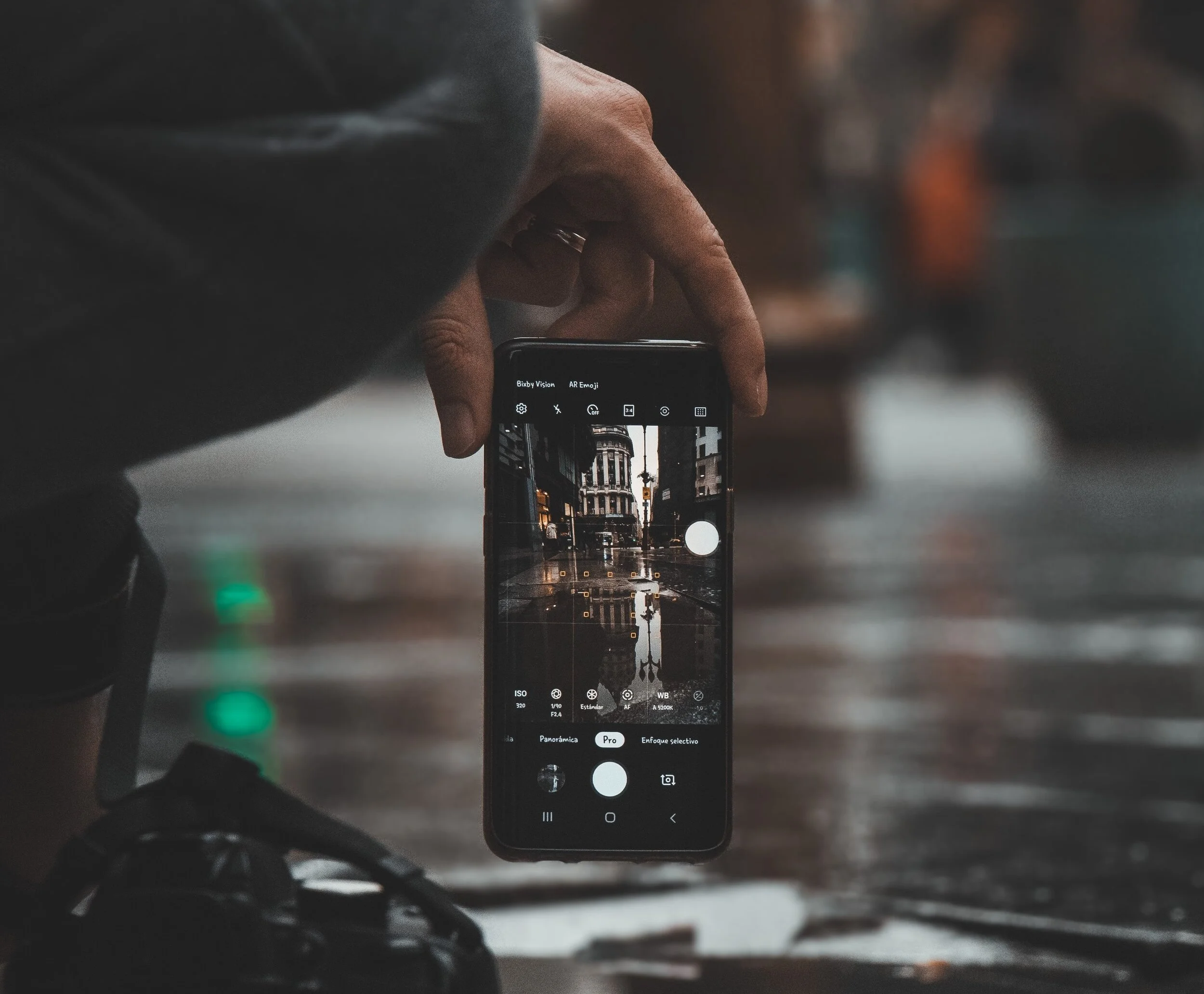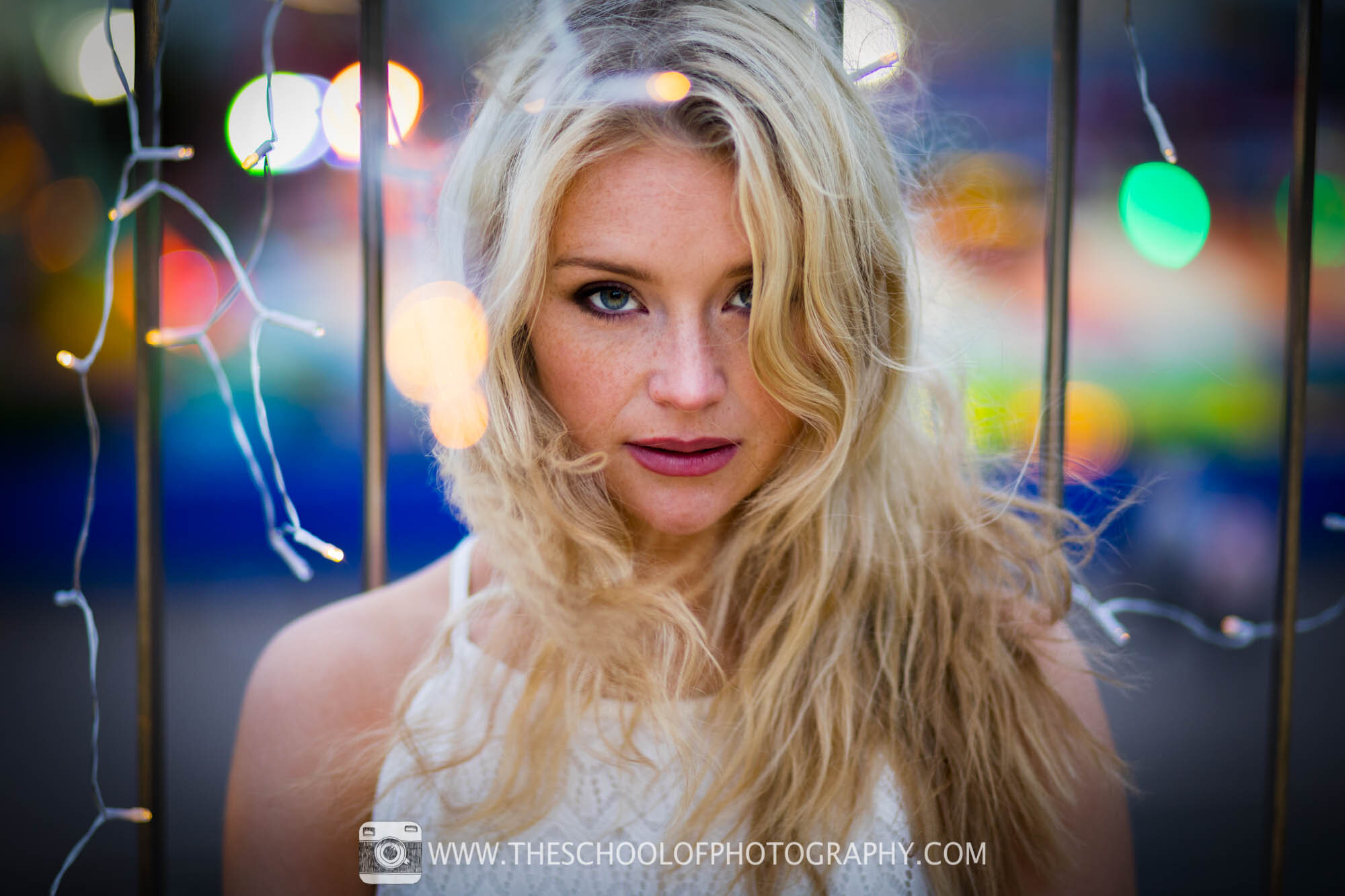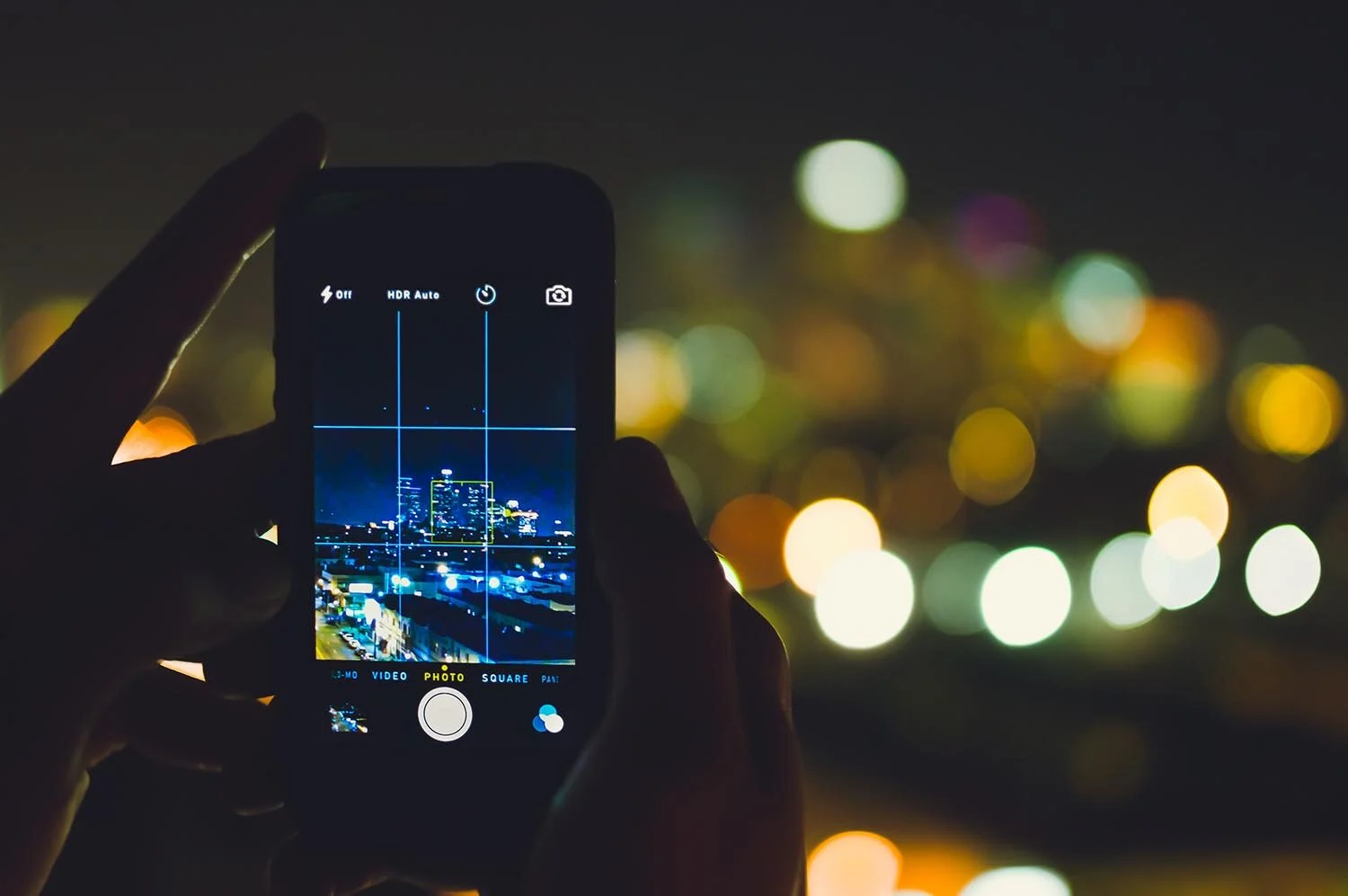How to take good photos with a phone - 10 killer tips!
Want to take better smartphone photography? Here are 10 smartphone photography tips to get you snapping like a pro.
These days, everyone has a camera on them via their phone. Smartphone cameras may not be up there with DSLRs when it comes to quality photography, but they are getting better and better – and for many people, they’re the only cameras they use.
So here we’ll show you how to take professional photos with your phone with our 10 top tips!
Take this guide with you wherever you go! Download our guide for free below. You could even keep it on your phone 😊
1. Capture Multiple Shots
One of the best things about smartphone photography is that you can take as many photos as you want and there is no need to print them off to see the results. This makes it much easier to learn and improve from your results. Burst photos are good to use when using your smartphone for photography they allow you to capture multiple shots as your subject moves. Once you've taken a set of burst photos, you can then select the best shots.
2. Learn What Your Camera Can Do
Start by taking some time to find out exactly what your phone’s camera is capable of. Analyse the auto mode and look at how it focuses and takes an exposure to light, this is normally done by touching the screen where you want the focus point to be, but it’s good to check.
Has the camera phone got the manual settings? If so, get to know them. Some cameras allow you to use more manual settings like white balance and shutter speed. These can help you to take even better photos when you know how to use them. To learn more about these parts of photography click here.
3. Stick to Outdoors and use natural light where possible
Very few smartphones can produce excellent indoor shots due to their small sensors. As such, it’s best to take photos outdoors in the proper lighting conditions to get better results. Lighting determines not only brightness and darkness, but also mood, tone and the atmosphere of the photo. Therefore, try and use natural light when taking photos on a smartphone.
Get access to ALL our online courses – 1000’s of videos, worksheets, critiques of student’s work, personalised support and much more with our monthly membership.
4. Avoid Digital Zoom
Digital zoom nearly always produces poor results as it reduces the resolution of the image. Avoiding it is one of the basic photography tips for taking better photos. Optical zooms however are fine as they do not affect the quality of the photo and these are becoming more common on smartphones. If you only have a digital zoom then instead of using it, simply move closer to maintain the image quality.
5. Use HDR
HDR mode stands for High Dynamic Range, and it is increasingly common on many smartphones. It adds detail from the dark and light areas to provide better balanced exposure. In other words, it will stop the sky being too bright or the ground being too dark and really suits landscape photography. If there’s a big difference between the lightest and darkest parts of your scene, using the camera phone’s HDR function it’s a good option.
6. Use Editing Tools
You have easy access to editing tools, whether in the camera phones built in editor, or by using more advanced phone apps like Adobe Lightroom or Photoshop. Using these apps you can crop and touch up your photos in seconds. And don’t forget here at The School of Photography we teach Lightroom, Photoshop and much more in our membership option. Become a member of TSOP today.
7. Apply the rule of thirds
In the rule of thirds, an image is split into nine equal blocks that form a three-by-three grid. You should aim to get the most interesting parts of your image near the corners of these segments, where the imaginary gridlines meet. Using the rule of thirds give a more natural feeling to the image and allows the eye to flow around the picture with ease. In contrast to this, placing things symmetrical in your frame will give a clean and clinical feeling (which can also be a good look).
Give the rule of thirds a try. Whether you're taking pictures of friends at a bar or working on a landscape shot, you'll find it simple and effective. Learn more composition tips and how to take better pictures in our course the Complete Guide to Photography.
8. If dark, rest the phone on a flat surface
In dark conditions you can sometimes get camera shake, leading to blurred results. The camera will also push up the ISO which will lead to noise in your pictures. To reduce this simply lean your phone on a flat surface like a wall, table, ledge. This is a great bit of advice if you want to take pictures in a concert, music venue, bar or anywhere that has dark conditions.
9. Download Better Apps
The standard apps are pretty good on most smartphones, but there are others to try out. Editing apps offer more features, settings and filters to take your photos to the next level. Some good editing apps for phones are:
1. VSCO Cam can be used on iPhone & Android.
2. Snapseed can be used on iPhone, iPad & Android.
3. Instagram can be used on iphone, Android & Windows Phone.
4. Flickr can be used on iPhone, Android & Windows Phone.
5. Lightroom can be used on iPhone, Android & Windows Phone.
10. Do you need a Better Phone?
It sounds obvious, but sometimes the best way to take better photos is to simply get a better phone. You can read all the photography tips you like, but the fact is that smartphone camera quality varies greatly, so make sure you get one that is capable of taking the photos you want.
What phone has the best camera in 2024? Here’s a few we’ve picked out.
1. Google Pixel 8 and 8 Pro
2. Apple iPhone 15, 15 Pro and 15 Pro Max
3. Samsung Galaxy S24 and S24 Ultra
4. OnePlus 12
5. Samsung Galaxy Z Fold 5
Bonus tip - Practice!
Finally, if you want to know how to take a professional photo with your phone, the best tip of all is to practice! You don’t have to worry about filling up a film and printing out your photos, so take as many photos as you want analyse the results and make notes on how they can improved. Is it the lighting, the composition, camera shake etc? Work out what you are doing right and wrong and keep on improving. And of course don’t forget you can clear up confusion and learn photography properly with our online courses.
Like this? - Check out similar tutorials below
I hope you liked this tutorial on how to take good photos with a phone. If you did please leave us a comment and support us by sharing it with your friends and subscribe to our newsletter at the bottom of this page for more.
We also have an excellent learning community on social media so please join us there as well.
Thanks for watching and remember – Learn more at The School of Photography.













